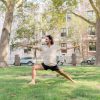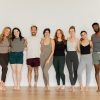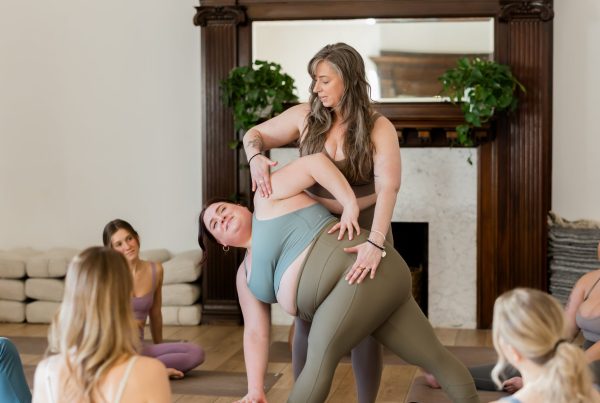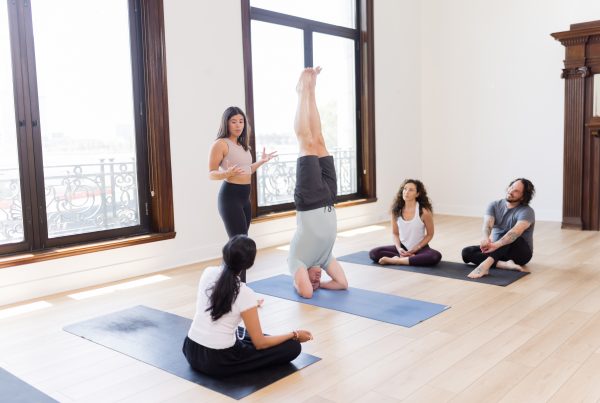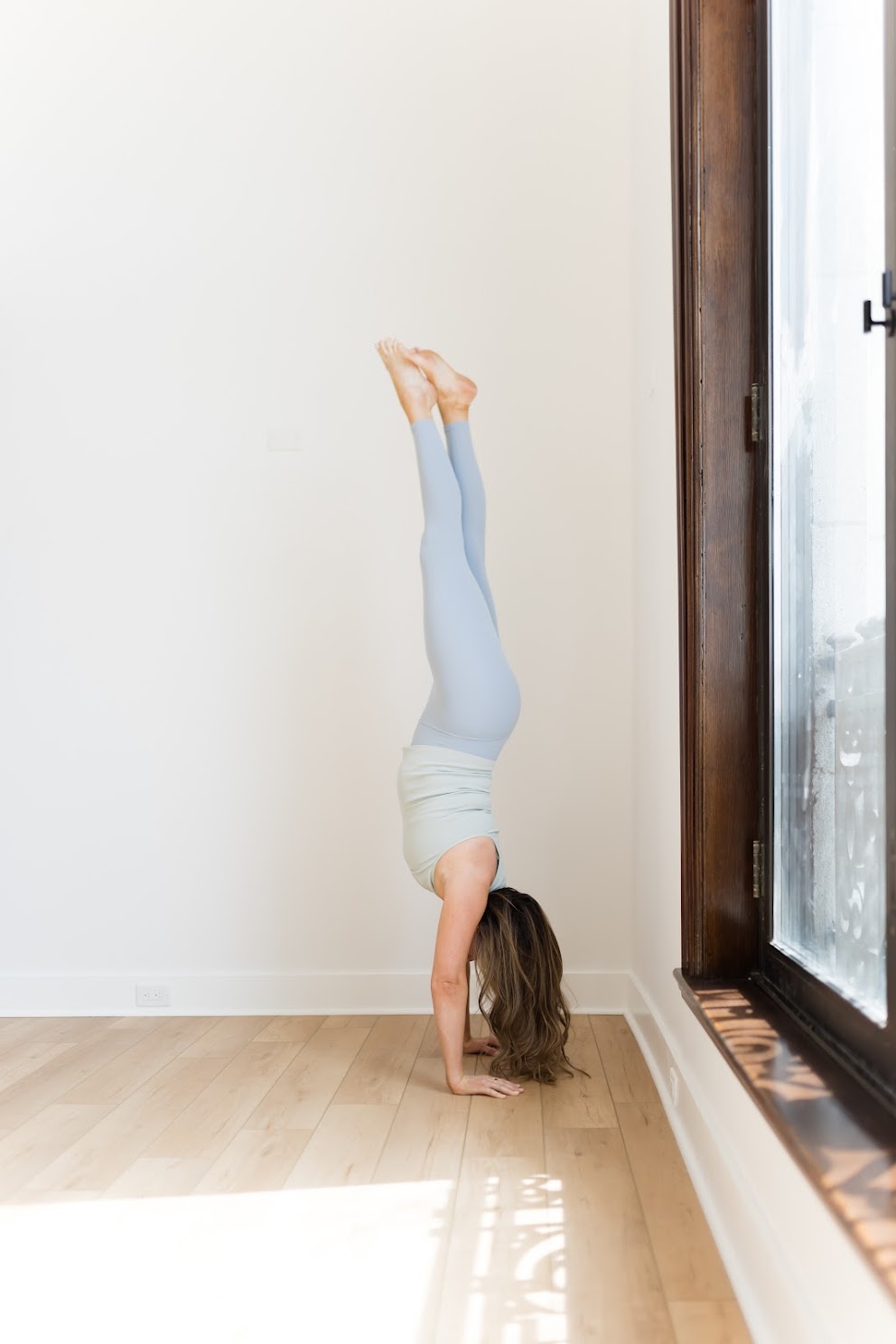
In the western world, when one describes yoga there is a chance that they will describe a movement practice on a mat. They might say you flow with the breath or that it helps one “feel good.”
In reality, yoga is much larger than that.
The word “yoga” is derived from the Sanskrit root “yuj,” which means to bind, join, attach, and yoke, to direct and concentrate one’s attention on, to use and apply. It also means union or communion. It is the true union of our will with the will of God.
— Light on Yoga; BKS Iyengar
Yoga is the practice by which the mind becomes still. When we unite our body, mind, and soul with that of the divine we can find ultimate freedom. This takes time, practice, and patience. But with consistency, it’s possible to surrender our troubles, egos, and false narratives to live a life free from unnecessary pain and sorrow (or so I’m told; I’m still working on it over here).
In a simpler form that I am deriving on my own – if we just let go and accept what is, we’ll live much more peaceful lives.
But how do we do this? Let go? That’s pretty hard in the world in which we live…the one where we are judged on our looks, our failures, and our achievements or lack thereof. While asana (the physical practice of yoga postures) is not all that Yoga is, there is still a strong emphasis on asana for good reason.
Asana allows us to connect via something tangible, aka our physical body. It is something that most of us can relate to and something that allows us to affect change in the present moment. Therefore it easily gives us the ability to really grab onto something and to make us aware of what happens when we’re in alignment or out of alignment.
Downward Facing Dog (Adho Mukha Shvanasana)
How to:
- Start in a tabletop position with your hands beneath your shoulders, your fingers spread wide with pressure through your fingertips, and your inner elbows spinning forward.
- Walk your knees back a few inches, tuck your toes, lift your knees and hips into an inverted V position.
- With your feet about hip width distance apart, lift your heels and press your thighs back as you allow your head to hang down.
- Press your hands into the floor as you sink the heels any amount – but keep your hips high!
- If lowering the heels causes rounding in the lower back, you can keep the heels lifted.
Half Moon with Arm Overhead (Ardha Chandra Pushp Eka Hasta)
How to:
- Start in low lunge with your right leg forward.
- Take your right hand about 6-12 inches in front of your right foot. It helps to also move your right hand to the right a little bit.
- Stand on your right leg as you open your hips and torso towards the left side of the room.
- Straighten both legs; spread your left toes as you reach the ball of the foot to the back of the room.
- Take your left arm up to the sky and then stretch it over your head to the front of the room so the left side of your torso can stretch.
- If you are having trouble straightening the leg on the ground, use a block beneath your hand.
Pyramid Pose (Parsvottanasana)
How to:
- Start in low lunge with the right leg forward.
- Use blocks beneath your hands on either side of the front foot.
- Straighten both legs and adjust the back foot to come in just enough to spin the heel down at an angle.
- Lift your toes and kneecaps as you press your thighs back.
- Work your nose towards your right knee.
Peak Pose: Handstand (Adho mukha vrksasana)
How to:
- Start in downward facing dog.
- Walk your feet in and keep your hips high.
- Press your hands down with pressure in your fingertips and inner elbows spinning forward.
- Take the right leg to the sky while keeping it firm.
- Slightly bend the left knee to push off the floor and take the hips and legs to the sky.
- Once you’re able to balance with your hips over the shoulders, take your legs together, spread your toes, and reach the balls of the feet to the sky.
- Use a wall as a prop! If you are teaching this peak pose, don’t be afraid to move your students over to the wall.


